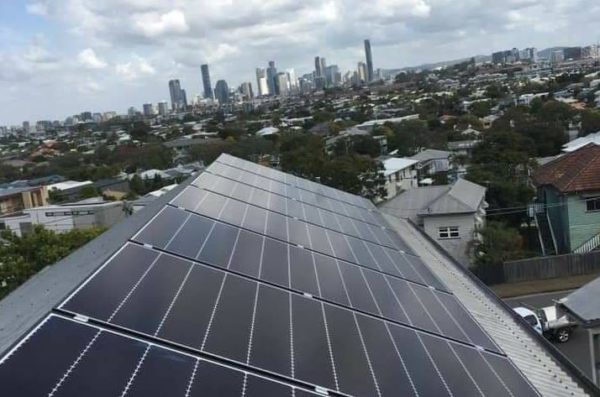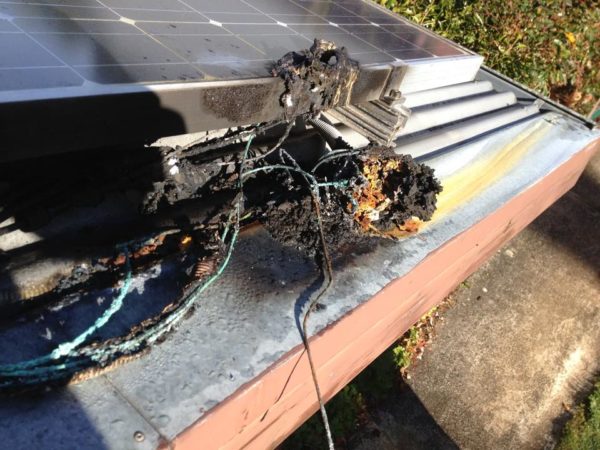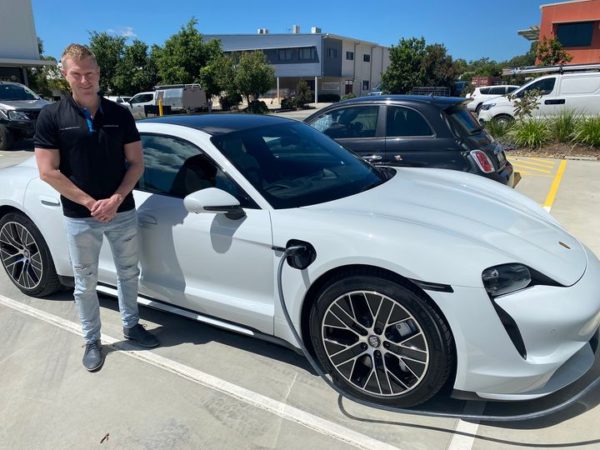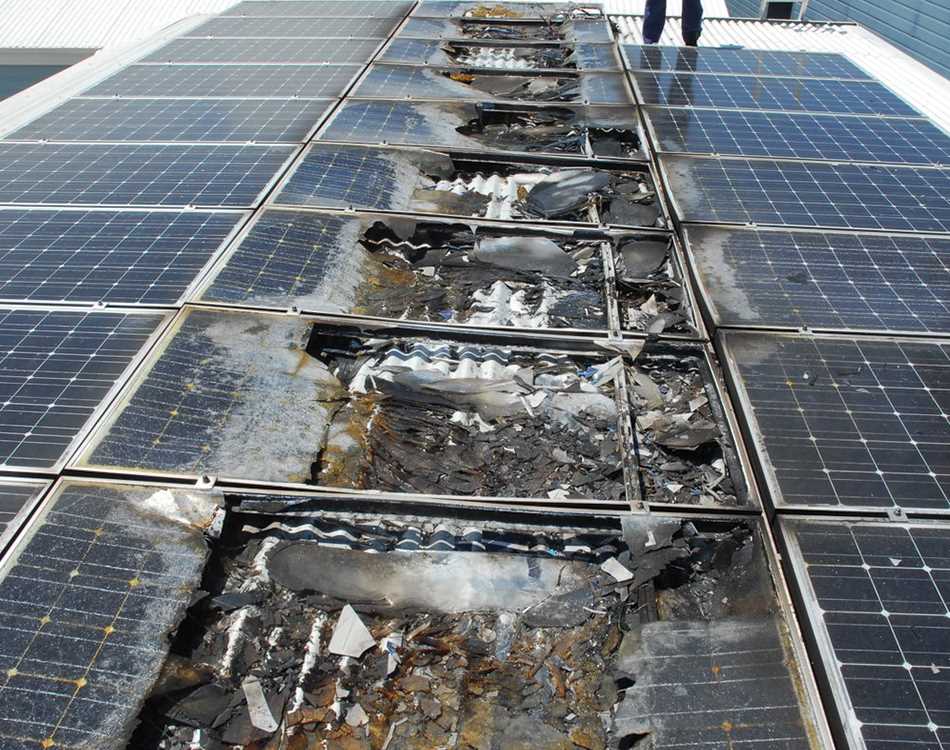More than 2.68 million rooftop solar PV systems have been installed in Australia and REA Global director Michael Mrowka has declared changes to the national installation standards are urgently needed to defuse the “ticking time-bomb” created by unsafe or poorly designed solar installations.
Mrowka said rooftop solar safety standards, particularly those relating to the controversial DC isolators which were mandated in Australia in 2012, have not kept pace with technology and industry changes.
“One example is the AS/NZS 5033 standard that mandates rooftop solar isolators, which have become the largest single cause of solar fires in recent years,” he said.
“Combine that with low-cost Chinese products that can be quite dangerous as they age, especially when poorly installed, and you have a ticking time-bomb that can cause electrical shorts and fires.”
Standards Australia has commenced a review of AS/NZS 5033 with the draft standard receiving more than 680 submissions during the public comment stage which closed last month.
Mrowka told pv magazine an update on the installation and safety requirements standard is expected in December but he was far from confident it will deliver the changes the industry is seeking.
“The safety issue is very difficult because governments have given out so many rebates for what may be potential fire hazards that this could be another pink batts installation debacle,” he said, referring to the government-funded insulation scheme which was abandoned in 2010 following the death of four workers and a string of house fires.

Image: REA Global
Founded in 2006, REA Global designs and installs solar PV energy generation and storage systems for residential and commercial customers, installing an estimated 15,000 modules annually.
Headquartered in Brisbane, the company also designs and manufactures solar modules and is progressing plans to establish offices in New South Wales and Victoria.
“We’ve been part of the industry for 14 years and 10 years of that as an EPC company designing, installing and maintaining solar systems,” Mrowka said.
“We’ve seen a lot of industry changes and one of the biggest issues in the industry is the application of the current technology which is critical.
“We’ve got a fundamental flaw where higher voltage systems are being installed with DC rooftop isolators that are not fit for purpose.”
Data provided by the Clean Energy Regulator (CER) shows more than one in four Australian homes have solar modules on their roof and the market is on track to eclipse all previous records in 2021.
That uptake has however delivered unintended consequences with Fire and Rescue NSW statistics showing solar PV related fires had increased five-fold in the past five years.

Image: Safer Solar
Isolation switches have been blamed for causing almost half of solar module fires and Mrowka is one of many in the industry who is lobbying against their mandated installation, declaring the safety mechanism has caused more harm than good.
“They’re not designed to be sitting on people’s roofs,” he said.
“If we could change one thing to improve this situation, it would be to mandate rapid shutdown and panel-level monitoring and communication.”
The United States is among those nations pursuing rapid shutdown capability for rooftop solar and Mrowka said it is something that needs to happen in Australia to avoid the situation in the U.S. where some first responders won’t attend fire at a home with solar on the roof until after dark.
“They understand the risks and they’re not putting themselves at risk, to the detriment of the homeowner whose house is burning down,” he said.
Mrowka said the simple solution is to install a microinverter system that does not use high voltage DC, pointing out that REA Solar exclusively uses technology manufactured by California-based Enphase which has rapid shutdown capability built in.
“The problem with current solar systems is that when you pull the fuse in the street or you cut power to home, energy flowing from the solar system to the inverter is still live and can’t be circuit-protected,” he said.
“We install our solar panels with Enphase microinverters which let us circuit-protect the system because it runs 240 volts alternating current from the panels, so the homeowner can shut them down, just as with lights and power in the home.”

Image: REA Global
Mrowka said it is also crucial the industry address the lack of education and information being provided to consumers regarding the costs associated with microinverters and DC isolators which require ongoing maintenance.
“It’s not us versus them, of AC versus DC, it’s an education thing,” he said. “If you get a DC system, we’re not saying the thing will catch on fire, we’re just saying that if it’s not maintained, over time you’re at a greater threat of it catching on fire.
“If you maintain the system, there shouldn’t be a problem but because companies are selling low-cost systems, they’re not providing that awareness to customers that there are maintenance costs involved.
“They’re not telling them the rooftop isolators need to be maintained each year. They are failing to educate the customers. They either don’t understand it themselves or they don’t want to disclose it to the customer for fear of losing a sale.
“It’s really frustrating the lack of education that’s being provided in the industry.”
As well as its rooftop solar focus, REA Global is also pursuing projects in the electric vehicle space with Mrowka recently taking delivery of a new Porsche Taycan.
An experienced driver, Mrowka said he plans to race the car which will be powered entirely by solar.
“It can do a quarter mile in 10 seconds,” he said. “It blows everything away.
“We plan to do some promotional events and racing to raise general awareness that the future of motorsport will be green and electric.”
This content is protected by copyright and may not be reused. If you want to cooperate with us and would like to reuse some of our content, please contact: editors@pv-magazine.com.









2 comments
By submitting this form you agree to pv magazine using your data for the purposes of publishing your comment.
Your personal data will only be disclosed or otherwise transmitted to third parties for the purposes of spam filtering or if this is necessary for technical maintenance of the website. Any other transfer to third parties will not take place unless this is justified on the basis of applicable data protection regulations or if pv magazine is legally obliged to do so.
You may revoke this consent at any time with effect for the future, in which case your personal data will be deleted immediately. Otherwise, your data will be deleted if pv magazine has processed your request or the purpose of data storage is fulfilled.
Further information on data privacy can be found in our Data Protection Policy.